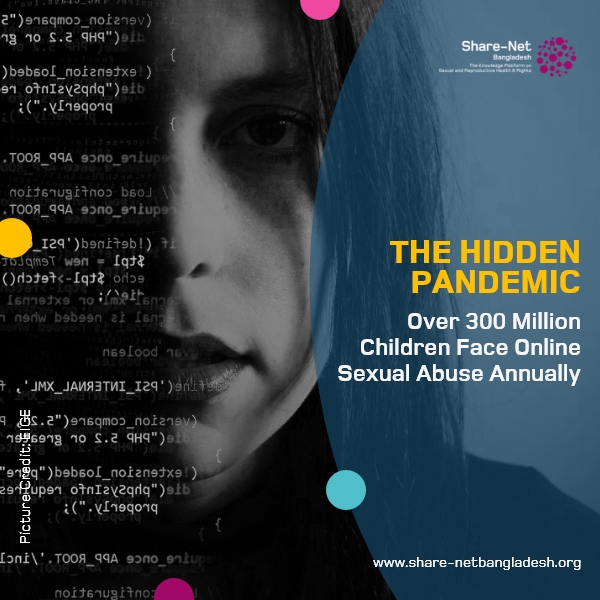The Hidden Pandemic: Over 300 Million Children Face Online Sexual Abuse Annually
“Child abuse material is so prevalent that files are on average reported to watchdogs and policing organisations once every second,” says Paul Stanfield, chief executive of the Childlight Global Child Safety Institute. This alarming statistic highlights a growing crisis that demands global attention and action.
According to a recent study by the University of Edinburgh, more than 300 million children are victims of online sexual exploitation and abuse each year. This comprehensive study reveals that one in eight children worldwide has experienced non-consensual exposure to sexual images and videos in the past 12 months. These startling figures underscore the urgent need for stronger measures to protect children’s sexual and reproductive health and rights (SRHR).
The scale of the issue is staggering, with offences ranging from unwanted sexting and requests for sexual acts to sophisticated sextortion schemes. Predators exploit technology, including AI-driven deepfake techniques, to manipulate and blackmail their victims. This trend is not confined to one region; it is a global epidemic that affects children everywhere. However, the United States stands out as a particularly high-risk area, with one in nine men admitting to online offences against children.
Sexual and reproductive health (SRH) is not just about physical well-being; it also encompasses the right to live free from sexual violence and exploitation. The findings of this study highlight significant violations of children’s sexual rights and emphasise the need for a global response to this growing threat. Ensuring the protection of SRHR is critical to achieving the Sustainable Development Goals (SDGs), particularly those related to good health and well-being, gender equality, and reduced inequalities.
The methods used by these criminal networks are becoming increasingly sophisticated. In the UK, police have warned about gangs in West Africa and Southeast Asia targeting teenagers in sextortion scams. These criminals often pose as peers on social media, quickly moving conversations to encrypted messaging apps and encouraging victims to share intimate images. The National Crime Agency (NCA) in Britain has issued alerts to teachers, urging them to be vigilant about the dangers their pupils might face.
The emotional and psychological toll on young victims is profound. Many were coerced into silence, fearing shame and further victimisation. This hidden pandemic requires immediate and comprehensive action from governments, NGOs, and the tech industry to protect vulnerable children. Education, robust legal frameworks, and international cooperation are vital to combating this scourge.
The global community must recognise online child sexual exploitation as a severe violation of human rights and act decisively to end it. As the world works towards achieving the SDGs, safeguarding children’s SRHR must be at the forefront of these efforts. It is not just about protecting individual lives; it is about upholding the dignity and future of millions of children worldwide.
In the words of Paul Stanfield, “This is a global health pandemic that has remained hidden for far too long. It occurs in every country, it’s growing exponentially, and it requires a global response.” The time to act is now, for the sake of our children and future generations.
Source: The Dhaka Tribune
Picture Credit: EIGE

